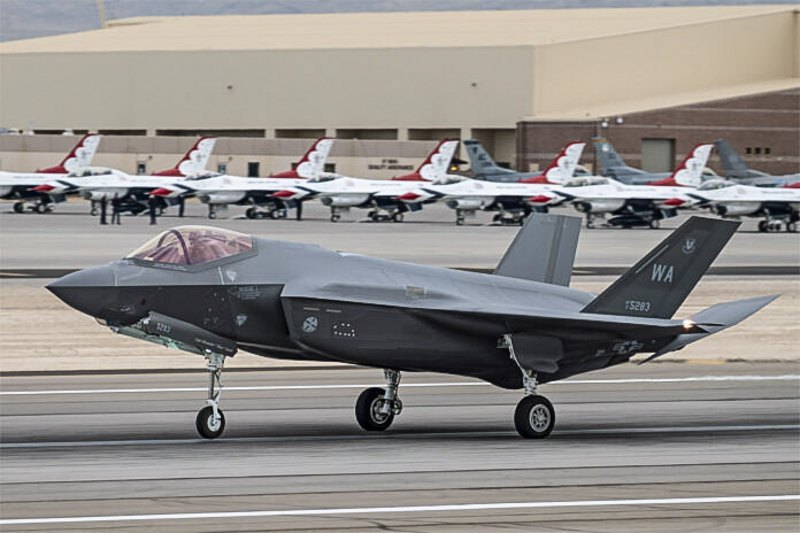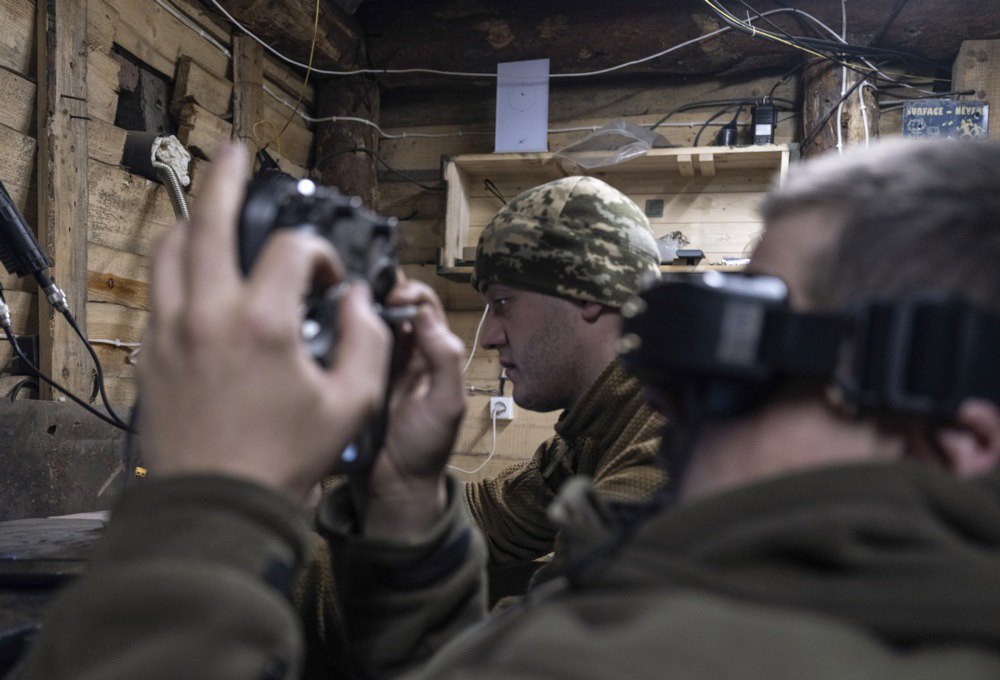Since the beginning of 2025, the British have also transferred 140,000 various artillery shells — probably not only the scarce 155 mm ones, but also 105 mm ones.

The drone revolution
The United Kingdom currently supplies Ukraine with all types of UAVs: FPV kamikaze drones, interceptor drones capable of shooting down Shahed, Lancet and cruise missiles; cargo platforms for supplying frontline positions and night bombing with drop tanks; and reconnaissance aircraft.
A tenfold increase means that the UK wants to be independent of China and, in general, of imports from non-Western countries in terms of drones and their components.
Until drone fighters are tested in series, a palliative will be used for protection: ramming, shotguns, cutting fibre optic cables, hunting pilots.
In these conditions, the number of drones, as well as the planned training of new pilots, will be crucial: London will gain experience and feedback, while we will gain training for operators in safe conditions and the capabilities of British manufacturers.
New defence course
On Monday, London released a 140-page document on defence policy — the Strategic Defence Review ‘Securing Britain's Security: Strength at Home, Power Abroad’.
Increased spending to 2.5% of GDP; creation of a network of factories for the production of ammunition, gunpowder and explosives; formation of a cyber command and procurement of long-range British weapons, taking into account the campaign in Ukraine: drones, cruise missiles — up to 7,000 units.
Before the war, there was a popular misconception that systems such as the S-300 and S-400 would create security bubbles, zones that are virtually impossible to penetrate from the air.
But as it turned out, such zones are exposed by small drones, protection is bypassed using complex routes of ‘Lutyy’ and ‘Bobry’, and a dozen radars and launchers were destroyed in Crimea by attacks from the sea.
Therefore, the British are investing about a billion pounds in air defence — in the fight against loitering munitions and small drones.
Nuclear ash
Nuclear deterrence has not been overlooked either — Moscow's rattling of nuclear ashes has been assessed, and it has been decided to invest in new warheads (up to £15 billion) and delivery systems.
The British will receive upgrades to their Eurofighter Typhoons and purchase F-35As capable of carrying nuclear warheads.

To this end, they want to join a consortium with the United States and Australia — following the example of AUKUS.
This is very good news: the phobia of nuclear war in the West is one of the Kremlin's goals, so it is useful to show that no one is afraid that the whole planet will burn if Solovyov waves his arms on the air.
100,000 drones from the Crown
Now there will be 100,000 drones over the course of a year. 1,000 jobs, localisation of production in the UK.
Even if most of these are FPV, which is logical, the growth is impressive. Today, the Ukrainian experience is being actively studied and mastered in the West.

However, the enemy is advancing, and we must undermine its ability to make rapid breakthroughs, as it did near Selydove last year, in order to survive in a war of attrition. British drones will help us achieve this.







